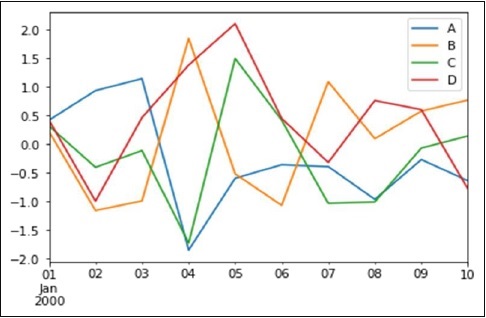Complete with quizzes, exercises, and helpful illustrations, this easy-to-follow, self-paced tutorial gets you started with both Python 2.7 and 3.3— the latest releases in the 3.X and 2.X lines—plus all other releases in common use today. You’ll also learn some advanced language features that recently have become more common in Python code.
Explore Python’s major built-in object types such as numbers, lists, and dictionaries
Create and process objects with Python statements, and learn Python’s general syntax model
Use functions to avoid code redundancy and package code for reuse
Organize statements, functions, and other tools into larger components with modules
Dive into classes: Python’s object-oriented programming tool for structuring code
Write large programs with Python’s exception-handling model and development tools
Learn advanced Python tools, including decorators, descriptors, metaclasses, and Unicode processing
Buy: Learning Python: Powerful Object-Oriented Programming Kindle Edition by Mark Lutz (Author)
Telegram: https://t.me/clcoding_python https://www.facebook.com/pirawenpython/ https://www.facebook.com/groups/pirawenpython/



























s.PNG)
















%20in%20Finance).jpg)



